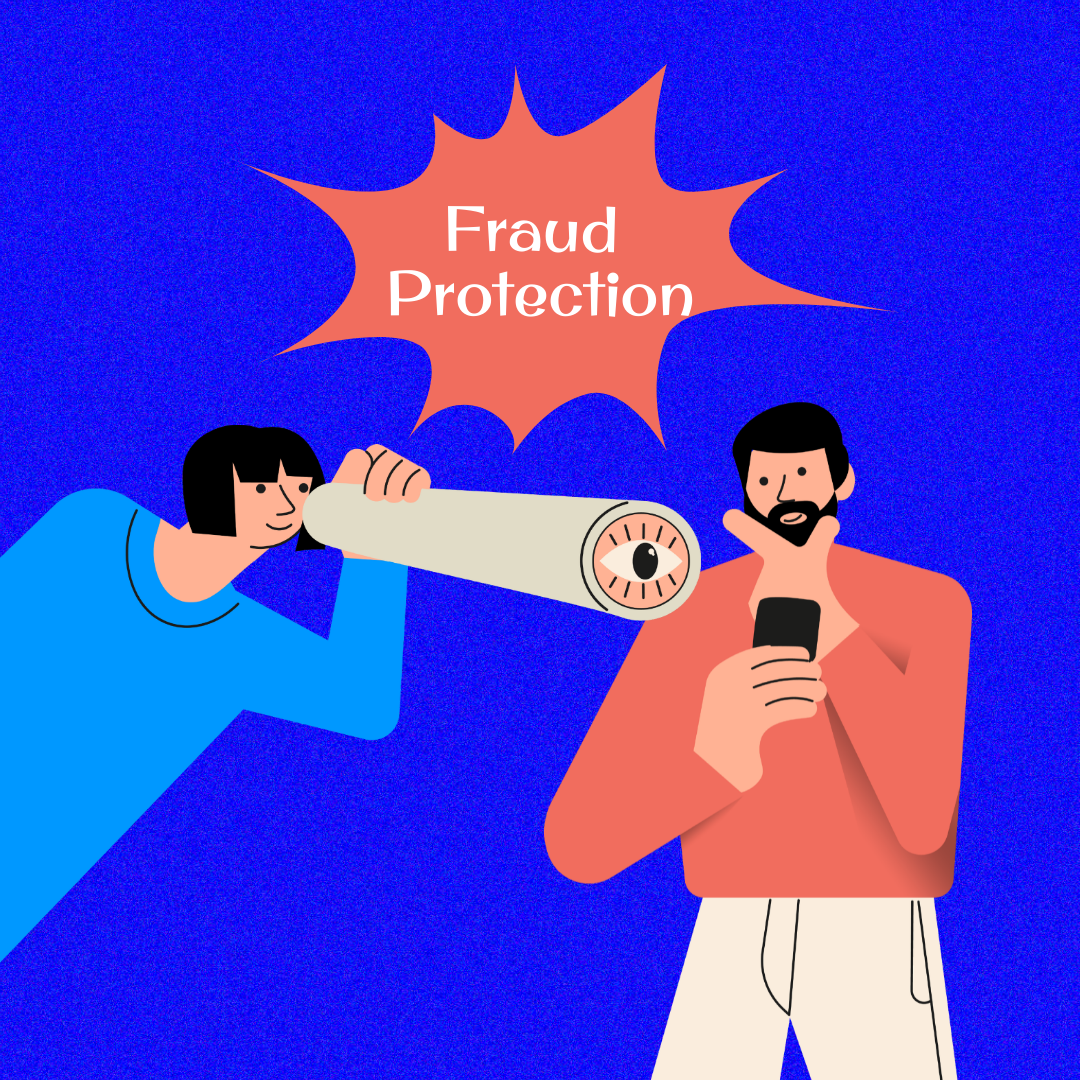How Stripe’s machine learning supercharges your fraud protection

Ecommerce is growing rapidly. While that presents an immense opportunity for online retailers, it also brings some challenges. As online shopping becomes ubiquitous, fraudsters have evolved to become more sophisticated, and fraudulent payments are a growing problem. In fact, businesses are expected to lose $20 billion to online fraud in 20211.
The challenges businesses face in fighting fraud aren’t easily solved. But with MYFUNDBOX Subscription Billing businesses have an excellent defense. Through MYFUNDBOX partnership with Stripe, a global leader in payments infrastructure, you have access to Stripe’s powerful fraud-prevention system, Radar. Stripe’s tools keep businesses safer, reduce the risks and costs associated with fraudulent activity, and reduce friction that can drive customers away.
How fraud happens
Before we dig into the details, it’s useful to take a step back and review what exactly fraud means in the context of online payments. First, remember that fraud essentially refers to a fraudster using someone else’s credit card number or credentials to make unauthorized purchases. When the actual account holder discovers the fraudulent transaction, they’ll initiate a dispute with their bank—that’s known as a chargeback.
When a bank decides that the flagged transaction was in fact fraudulent, the account holder’s charge is overturned. The result? The account holder pays nothing, and the business is responsible for the transaction amount. On top of that, the business is also responsible for any additional fees associated with the dispute. If your business has been the target of fraudsters, you know just how quickly these costs can add up.
This type of fraud is also known as a “false negative”—that’s fraud that goes undetected before it goes through and before a dispute occurs. That’s probably the type that comes to mind for most retailers when they think about fraud. But there’s another consequence of fraud detection that can also have serious impacts to your bottom line.
This second issue is known as a “false positive.” These transitions are legitimate, but they’re blocked by fraud detection. When a customer attempts to buy something, but a fraud-detection system stops the transaction from going through, the business loses a sale and suffers reputational damage.
Ultimately, both false negatives and false positives are costly. That’s why it’s so important to have the right system in place to help prevent fraudsters from causing serious harm, and to help ensure legitimate customers have a great user experience.
Understanding how Radar works
The prospect of fighting fraud can be scary and confusing for businesses, but with MYFUNDBOX and Stripe, you can take advantage of Radar’s technology to:
- Prevent fraud losses: Stripe’s unparalleled scale is a major advantage to businesses. It uniquely enables Stripe to accurately detect fraud and train advanced machine learning models. Stripe uses those models to automatically block true fraud, which in turn helps save you money.
- Increase revenue: Stripe’s machine learning expertise and vast dataset enables it to isolate high-risk transactions and reduce false positives, which helps boost your revenue.
- Save time: Radar is automatically built into Stripe and requires 0 lines of code, making it possible to get started instantly. Radar also helps save operational time by providing one single platform for you to monitor your fraud performance, write rules, and more with a single solution.
You can also expect reduced operational cost, a lower cost of fraud overall, and lower dispute rates. In fact, Stripe decreased disputes by 26% for businesses using Radar.
So, how exactly does Radar work? Let’s start from the beginning.
Every time customers make a purchase online, they leave clues about their trustworthiness. Powered by adaptive machine learning, Radar’s algorithms evaluate the likelihood that a charge is fraudulent by weighing hundreds of different clues, such as:
- Charge signals: Details such as the time of day the charge occurred, card type and card to IP address distance
- Behavioral signals: Details such as time spent browsing and number of pages visited
- Device signals: Characteristics such as screen size, font type, and proxy use
- Aggregate signals: Historical data of a card, number of countries tied to the card, email and cardholder match, customer or other factors, and the number of declines associated with the card in the last day
Backed by data science and years of infrastructure work by Stripe’s machine learning teams, Radar is able to mine these details and make smart risk assessments to generate a risk score. Based on that score, the charge is either automatically allowed or blocked, or it’s sent for review, depending on the options you select. All of this happens in real time, without impact to customer experience or work from your team.
The power of Radar’s machine learning is the quality of its data. Stripe processes hundreds of billions in payments from millions of businesses and works with thousands of partner banks each year. Given the unparalleled size of the Stripe network, there’s an 89% chance Stripe has seen a card before. Those previous encounters yield tons of data that informs Radar’s assessments. Stripe is also integrated directly with the card networks, which helps Stripe understand how accurate risk scores are in real time. Stripe then uses that feedback to continually improve its models.
Deeper insight for custom solutions
For most businesses, Radar’s risk assessment and blocking of high-risk transactions is all the protection they need. But others may prefer taking a more hands-on role in fraud prevention. This can be especially important to strike the right balance of fending off fraudsters while also allowing legitimate transactions to go through. To help businesses learn more about fraud prevention and improve their own defenses, Stripe built a new dashboard interface called Risk Insights.
Risk Insights is part of Stripe’s optional Radar for Fraud Teams offering, and it shows you a portion of the signals behind each transaction’s risk score so that your fraud team can get a sense of whether a transaction might be risky or not. These signal details can help you identify new business rules to supplement Radar’s machine learning.
There are several different rules businesses can implement to make Radar even more effective, but which rules you might need depend on your specific business goals. Let’s look at two examples: a T-shirt company vs. a software company.
For a low-margin company selling T-shirts, fraud is often really expensive, so it might want to block more transactions even if it means occasionally blocking a good customer. For a high-margin software business, on the other hand, the profit margin on a good charge may far outweigh the cost of one fraudulent transaction, so it may want to optimize for conversion. In the case of each company, customized rules can help the business better meet its particular goals.
Radar gives businesses control, so you can use Radar to suit your specific risk threshold. To help businesses choose the right risk threshold, Radar estimates what impact a rule change will have on your business, showing you in real time how a rule will perform based on your own transaction history.
Once you start using Radar, you’re never in the dark about whether it’s working as you want. Radar offers a new analytics report, which gives businesses greater visibility than ever into exactly how Radar is performing for them, including the total volume of blocked payments and false positive rates. That information can help you fine tune your protection.
If disputes do arise, Radar also helps you better prioritize which ones to fight given limited time and resources. Radar uses a machine learning model that predicts how likely you are to win each dispute and surfaces those insights right in your Dashboard.
The right partners have your back
Fraud is constantly evolving, and it’s an ever-present risk for online businesses. Having the right tools to fight fraud is essential—to defend against costly attacks, minimize the chances of blocking good customers, protect your reputation, and ensure a seamless checkout experience.
MYFUNDBOX and Stripe are great partners for ambitious businesses looking to protect their bottom line while meeting customers’ expectations. Together, we help businesses grow and scale their online commerce with confidence.
While fraudsters may be always changing to keep up with the times, so is Radar. To learn more about how MYFUNDBOX Subscription Billing and Stripe can help you achieve your business goals, get in touch through live chat in our website here today.
Sources
1. https://www.techradar.com/news/e-commerce-fraud-cost-tops-dollar20-billion-a-year


